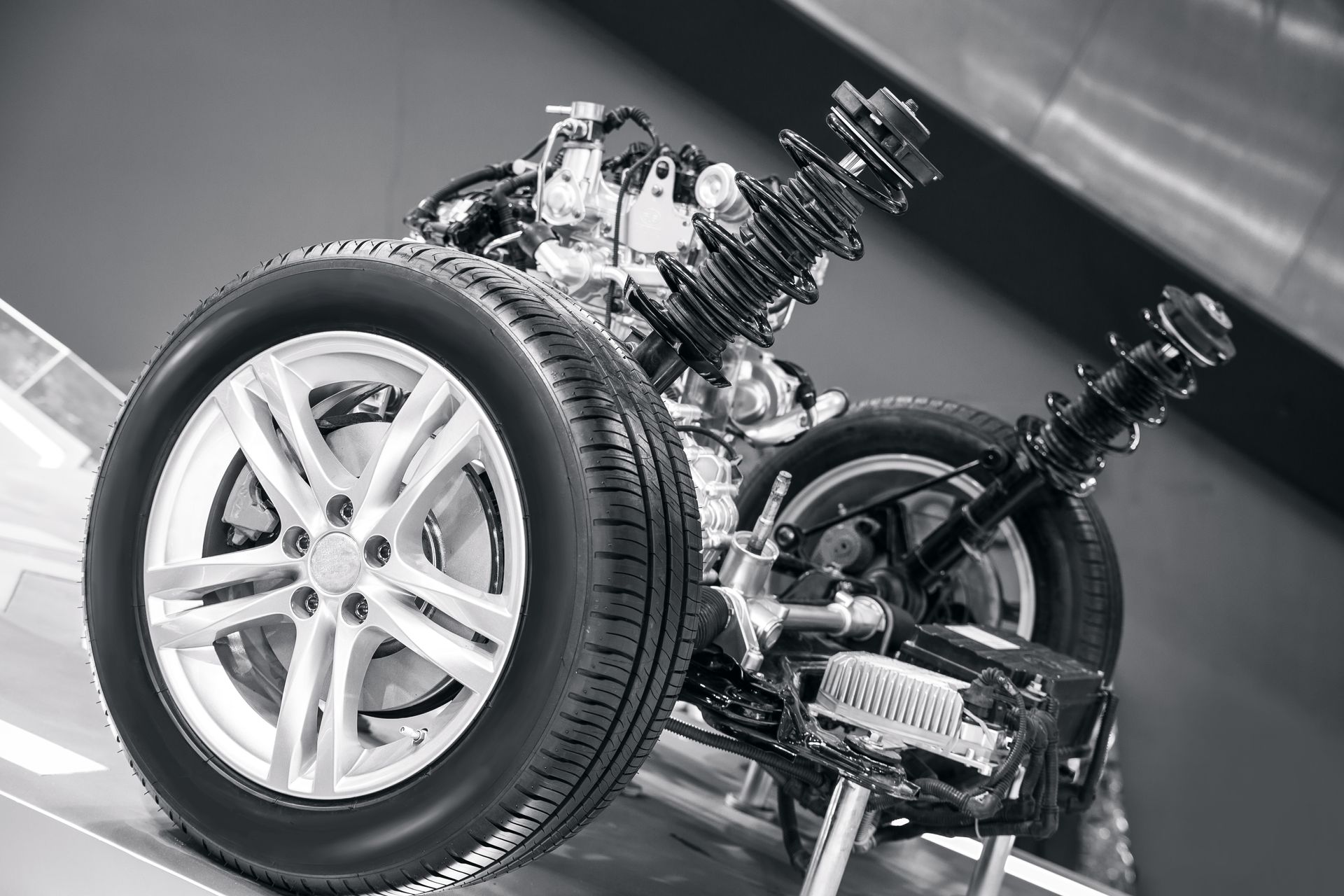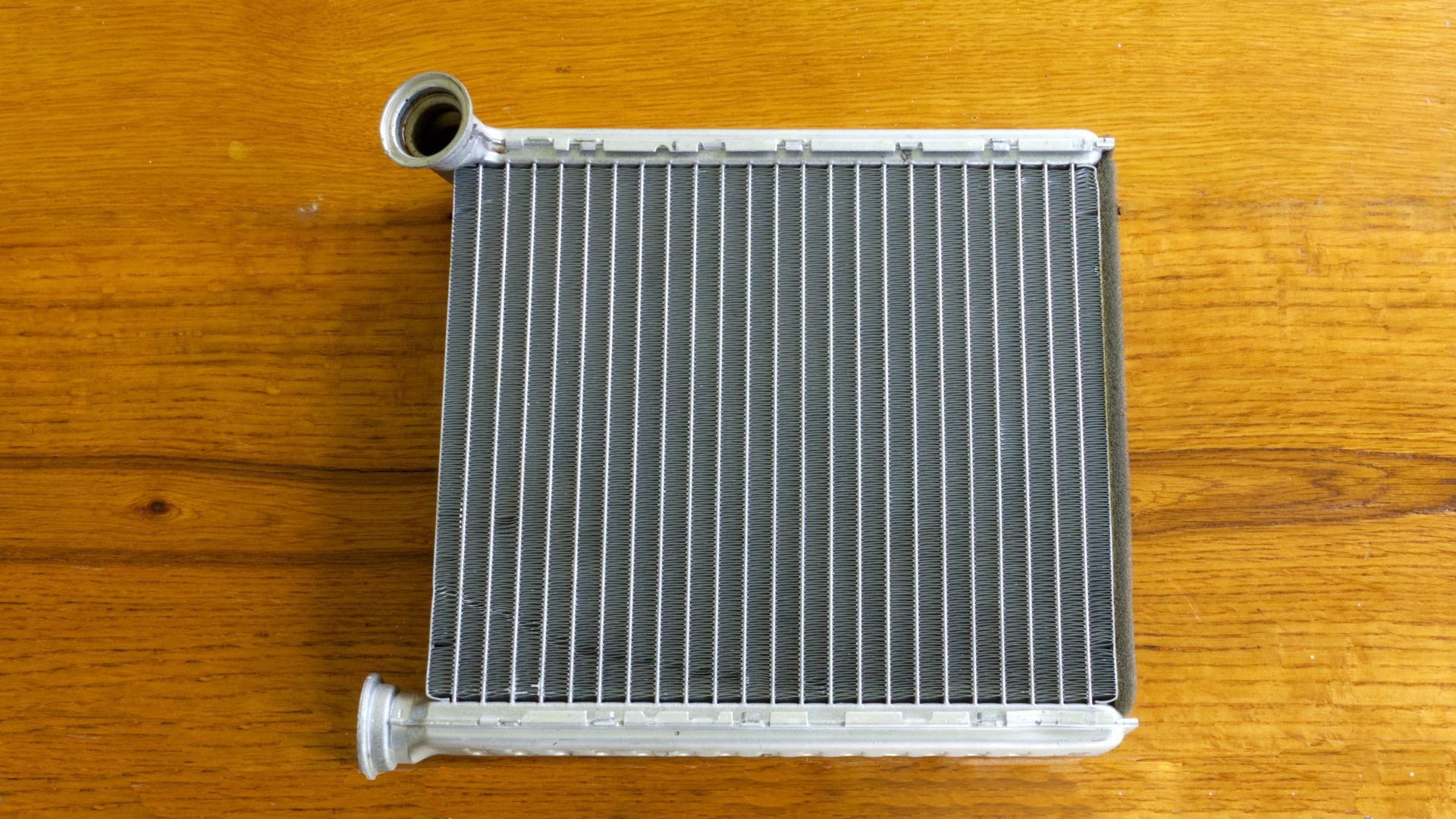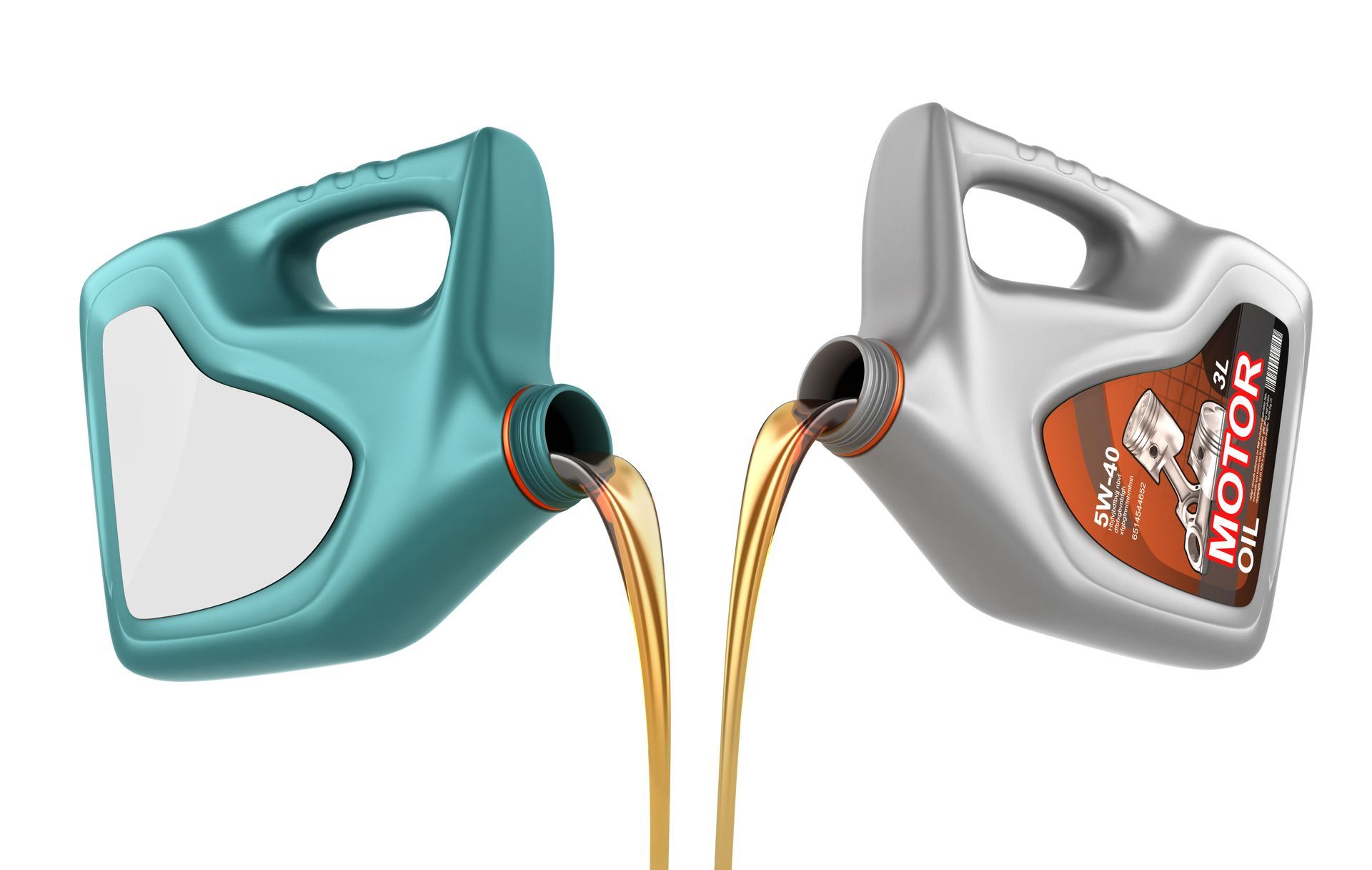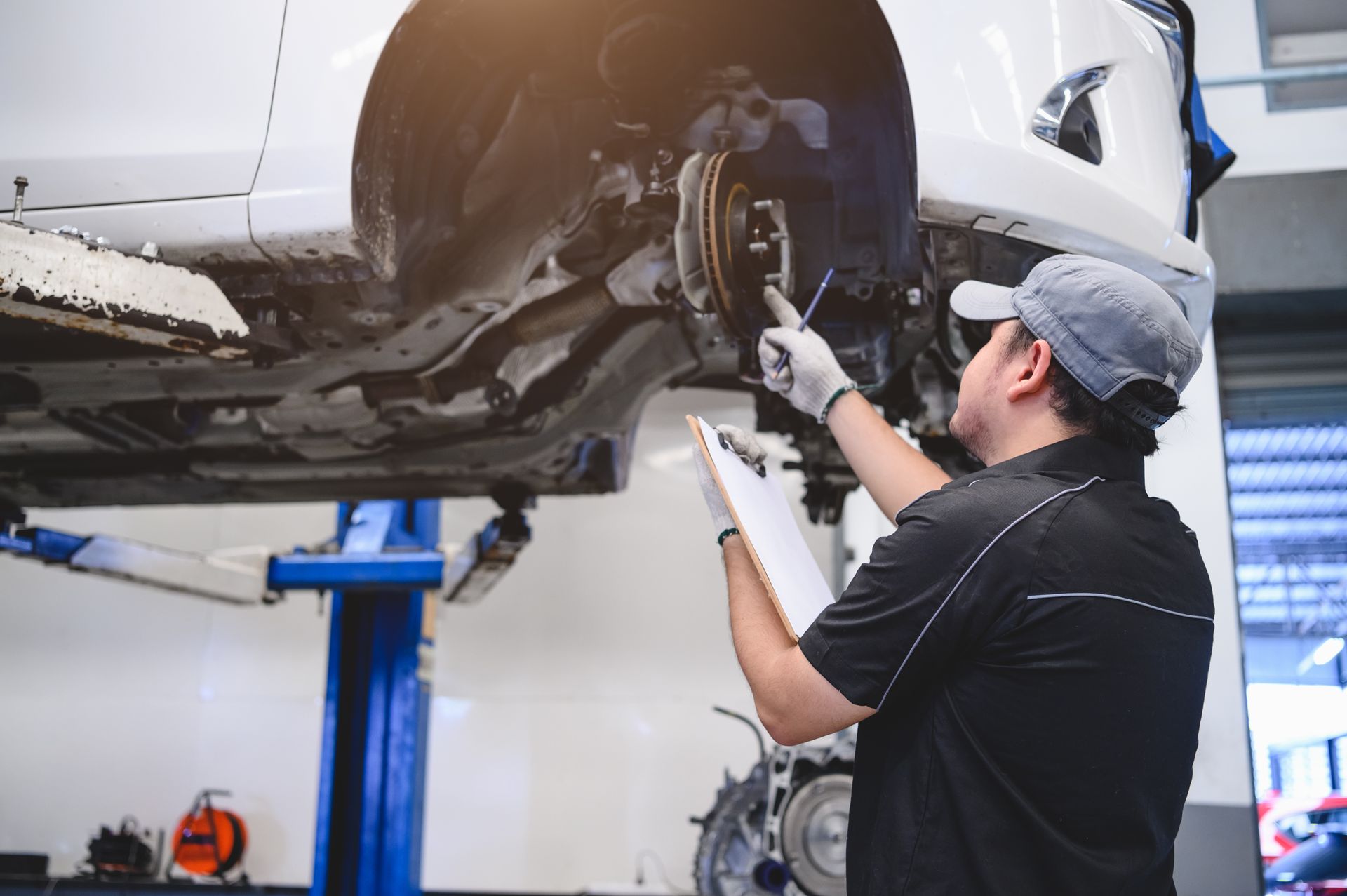GET IN TOUCH
555-555-5555
mymail@mailservice.com
Loading ...
Missing business hours data / Error occurred while getting the data.
Loading ...
Missing business hours data / Error occurred while getting the data.
How To Drive Safely During and After a Rain Shower
March 28, 2024
Rain showers can drastically affect road conditions, making driving more challenging and hazardous. As drivers, it's essential to adapt our driving techniques to ensure safety for ourselves and others on the road.
Understanding the Risks
Before hitting the road during or after a rain shower, it's crucial to understand the potential risks associated with wet driving conditions. Reduced visibility, decreased traction, and increased stopping distances are common challenges drivers face when driving in the rain. Knowing these risks can help you better prepare for wet road navigation.
Preparation Before Driving
Check Your Vehicle
Ensure your windshield wipers are in good condition and your headlights are working correctly. Properly inflated tires with adequate tread depth are essential for maintaining traction on wet surfaces.
Plan Your Route
Whenever possible, plan your route to avoid low-lying areas prone to flooding and areas with poor drainage.
Allow Extra Time
Give yourself extra time to reach your destination, as driving in the rain often requires slower speeds and increased caution.
Safe Driving Techniques During a Rain Shower
Reduce Speed
Slow down and drive at a safe speed that allows you to maintain control of your vehicle. Speed limits are designed for ideal driving conditions and may not be appropriate during heavy rain.
Increase the Following Distance
Leave extra space between your vehicle and the one in front of you to allow for increased stopping distances on wet roads.
Use Your Headlights
Turn on your headlights, even during daylight hours, to increase your visibility to other drivers.
Avoid Sudden Movements
Brake, accelerate, and turn gradually to minimize the risk of skidding or losing control of your vehicle.
Stay in the Middle Lanes
Water tends to pool in the outer lanes of the road, so staying in the middle lanes can help reduce the risk of hydroplaning.
After the Rain
Watch Out for Standing Water
Be cautious of puddles and standing water on the road, as they can conceal potholes or debris.
Avoid Cruise Control
Refrain from using cruise control on wet roads, as it can increase the risk of hydroplaning.
Brake Lightly
Test your brakes lightly after driving through standing water to ensure they are functioning correctly.
The Importance of Good Tires on Wet and Slippery Roads
One of the most critical factors in safe driving during and after a rain shower is the condition of your tires. Good tires play a crucial role in maintaining traction and stability on wet and slippery roads. Here's why:
Tread Depth
Tires with adequate tread depth are essential for channeling water away from the tire's contact patch with the road. This helps prevent hydroplaning, where the tire loses contact with the road surface and skids on a layer of water. Insufficient tread depth increases the risk of hydroplaning, making it harder to maintain control of your vehicle.
Tire Composition
The composition of your tires also plays a significant role in wet weather performance. Tires designed for wet conditions typically have special tread patterns and rubber compounds that enhance grip on wet surfaces. These tires are better equipped to provide traction and stability, reducing the likelihood of sliding or skidding on slippery roads.
Braking Performance
Good tires not only help with acceleration and cornering but also improve braking performance on wet roads. Tires with good grip can effectively transfer braking force to the road surface, allowing you to stop more quickly and safely when needed. This is crucial for avoiding accidents and collisions, especially in adverse weather conditions.
Cornering Stability
Wet roads can significantly reduce the traction available when cornering, increasing the risk of skidding or losing control of your vehicle. High-quality tires offer better cornering stability by providing consistent grip and traction, allowing you to navigate confidently turns even in wet conditions.
Do you want to stay as safe as possible on the road? Schedule an appointment with B & B Automotive, and we will take care of your car so it can perform at its best while staying reliable.
Reach Us
Loading ...
Missing business hours data / Error occurred while getting the data.
Having Trouble Finding Us?
Loading ...
Missing nap lines data / Error occured while getting the data.











